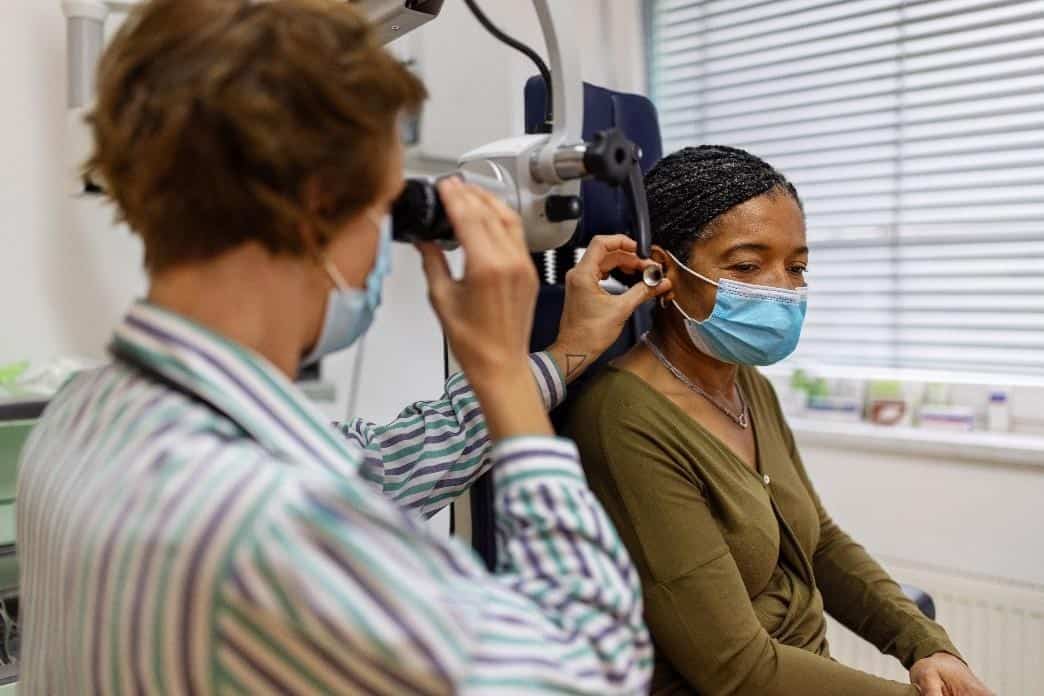- Navigating the Spectrum: Understanding Hearing Impairment Degrees - December 6, 2023
- Living with Hearing Aids in Day-to-Day Life - November 22, 2023
- A Comprehensive Guide to Hearing Aids: Exploring Styles and How They Work - November 21, 2023
To get the most out of your hearing aids, you should get them professionally prescribed and fit by an audiologist with extensive knowledge of the hearing system. So, you’ll wear the ones most appropriate for your needs. Since a person’s hearing level varies and each lifestyle is different, there is no “one size fits all” hearing aid. Hearing aids need to be fine-tuned and tailored for each patient’s hearing loss and hearing needs.
Having a hearing aid fitting appointment allows you to adjust the hearing aid to the shape of your ear and your needs and lifestyle. Here is a generalized idea of what to expect during the hearing aid fitting.
Assessment of Your Hearing Needs
The first step in the appointment is having your audiologist assess your current hearing needs. They will conduct an in-depth consultation with you for them to learn more about your current lifestyle, preferences, and other important information.
Based on this information, your audiologist will work with you to determine the best hearing device to try based on your individual needs.
For the doctor to determine the precise level of amplification you need, a hearing evaluation will be performed. There should be a real-ear measurement. The audiologist will then be able to assess the right level you need and adjust the hearing aids’ target amplification level.
Fitting and Adjusting Your Hearing Aids
Once your doctor has gathered enough data and worked with you to discuss what hearing aids would be best, you’ll have the opportunity to try them on first. Your hearing aids may feel weird when you wear them for the first time, but your ears will adapt to them being on with a few physical adjustments.
If your hearing aids work just as you want, they’re good to go. However, if there are still some issues, your audiologist will correct them and adjust them accordingly.
Further Hearing Aid Instructions and Evaluation
Once you’re completely satisfied with the settings and amplification of your hearing aids, all that’s left to do now is for your audiologist to tell you any other important instructions. They’ll instruct you how to properly use your hearing aids, connect to Bluetooth if desired, charge your devices and maintain them working correctly for a very long time.
There may be a few more follow-up appointment sessions with your audiologist. They’re necessary to let your audiologist review your hearing aid data log to determine if any fine-tailoring should be conducted based on your lifestyle.
Long-term, you will see you for your routine service and maintenance appointments every 4 months and an annual hearing evaluation to monitor your hearing status and update your hearing aids prescription every year.
If you are looking for an audiologist who can help you get your next hearing aids, contact The Hearing Doctor and make an appointment. Our hearing experts will be ready to help you find the best solution.

